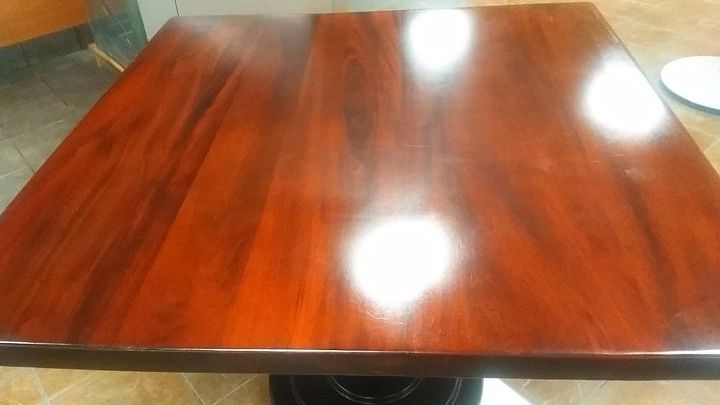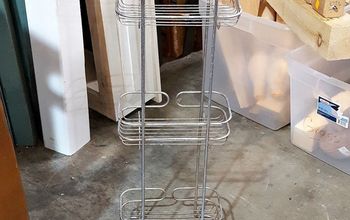Can you put a coat of boiled linseed oil over newly stained cedar sid?
Is it advisable to put a coat of boiled linseed oil over newly stained cedar siding to preserve it and make it last longer? Our place is in the Adirondack mountains of NY.
Related Discussions
How to get rid of mice?
We seem to have some unwelcome Mickeys and Minnies in our house. What is the best way to get rid of them?
How to remove popcorn ceiling with asbestos?
I want to remove my popcorn ceiling, but it has asbestos in it. How do I go about this safely?
How to caulk baseboard gaps?
How do I fill gaps at baseboard, should I caulk? If so, does anyone know how to caulk baseboards?
How to fix squeaky hardwood floors?
How do I fix squeaky hardwood floors?
How can I remove these water marks from wood tables?
My husband bought these tables and a few of them are in good condition while some have like water marks on them (not sure though). I would like to know what could I ... See more
Cat scratch pulls on a couch
I have an ivory, jacqaurd fabric couch. I recently rescued two young cats and one has claws. I came home one day to find she scratched the front of the arms. They had... See more






Cedar is a beautiful wood that does not deteriorate very easily. That's why you'll see old, old cabins still standing made of Cedar. If left alone, it will weather to a beautiful silvery grey color.
Since you have stained the cedar and it has penetrated the wood any oil you apply will not fully soak in and really not provide any further protection.
The opinion on the use of oils on cedar is divided. Some desire a little more protection than a sealer or preservative can supply, yet want to retain the natural look and character of the wood. One of the earliest protections for cedar was oil. Old-timers would soak their cedar with boiled linseed oil to afford some measure of protection. In our modern times, linseed oil has been replaced by modern oil formulations that perform much better.
An application of a quality teak oil will help protect the wood and give the wood a rich appearance. Follow the instructions of the finish product carefully. Like sealers, the service life of an oil finish is one to two years, and a yearly application is recommended. If you decide to use an oil finish, you will achieve better protection if you choose a product that contains an ultraviolet blocker.
Some feel that an oil finish is unsuitable for cedar because the oil will capture dust particles in the air. The finish can achieve a "dingy" appearance, and be harder to keep clean.
Cedar's secret weapon is that the wood contains oils that act as natural preservatives that help the wood resist the fungi that rot wood, and the insects that like to eat wood. These are the same oils that give cedar its distinctive aroma (and why cedar is used in closets and hope chests). Some customers enjoy this cedar aroma and so leave their furniture unfinished seeking to retain the fresh invigorating smell.
Left to itself, cedar will age naturally to a handsome silver-gray patina (with the occasional darker streak - it is a random natural process, after all). The wood grain will be raised a little over time, and be more prominent. Cedar furniture left unfinished works best in climates that don't encourage decay.
Transparent, non-flexible, film-forming finishes such as lacquer, shellac, urethane, and varnish are not recommended for exterior use on cedar. Ultraviolet radiation will penetrate the transparent film (even with UV inhibitors) and degrade the wood surface.
No matter how many coats you apply, the finish will eventually become brittle, then crack and blister - and will ultimately fail. If you do decide to apply a polyurethane, or similar, transparent finish - don't say we didn't warn you.
We once put cedar boards as a siding on a big, 4 bedroom house on the Texas coast. (I believe that it was called board and batten.) We did not put anything on it. We eventually sold and moved away. I went back 25 years later and saw the house. It was a very pretty grey and had been through a few hurricanes. I suggest that you do not put any oil on your cedar siding.